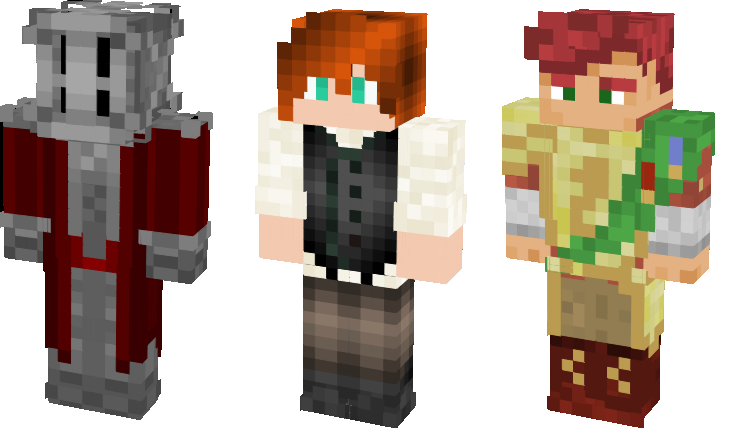Tenacious, disciplined, and driven, the people of the Lambent Front are the survivors of a kingdom shattered by civil war and thrown into the demon-infested depths of hell. They despise deception and seek to live virtuously. Martial prowess, survival, discipline, and the merit of your work are all important. Through faith, labor, courage, and knowledge, the people of the Lambent Front must band together to rebuild their lost kingdom.

The Lambent Front was a military order and the last defense against the Cult of Eris’s push into the human capital. In their final stand, a loyal few steeled themselves to fight to the end, but in a final act of destruction, the servants of Eris conducted a ritual that tore the fabric of reality and cast the whole capital out of the world and into Hell.
For 15 years, the Lambent Front battled within Hell, losing many and hardening the survivors. Under the banner of the Lambent Front they guarded their last stronghold, cutting down all that sought to end them. After these 15 harsh years, The Front was able to reopen a portal to the overworld and secured an escape. The greatest of Humanity, including the Prince himself, remained behind to seal the way leaving the rest to return to a vastly different world.
The Lambent Front was one of the last military orders to survive the war against the Cult of Eris. As a result their society was directed by a rigid military hierarchy. They are an efficient, disciplined, and uncompromising people who despise deception and corruption seek to live virtuously.
With the destruction of much of the old nobility of Variman, their leaders are appointed based on merit, not bloodline. Humans are often extremely specialized in their trades and abilities and chafe at unnecessary delays in important work.
The Humans of the Lambent Front are disconnected from their lives in Imeris. After being thrown to the fires of hell for what they believed was only 15 years, they emerged to their alliance falling to an undead horde now 80 years after they first left. This puts the people of The Front feeling displaced among the rest of the Entente. Sometimes trying to rekindle relationships with their longer lived brethren of the Caeli and Dwarves is difficult.
Physically, Humans are the same as they have ever been. They range in heights and weights, though on average taller than a Dwarf but shorter than a Caeli.
Hair colours can be blonde, brown, grey and red, but some may choose to dye it. In hell, many had hair in varying shades of red, due to either some kind of demonic influence or pigments in the food and water. Eye colours are the standard blues, greens, browns, blacks, hazels and sometimes grey. Rarer colours have been observed, but are usually seen with an aspect of mistrust.
Humans can live to around the age of 80, although slightly older cases have been observed. However, many of the humans who fell into hell have returned fairly unchanged for reasons unknown.
The Lambent Front are usually given personal names similar to Western European names, mostly German, Dutch or French or other names with similar heritages. Familial names are traditionally passed from father to child, though they are not universal outside the upper classes. Peasantry frequently passes without familial naming and the merchant or artisanal classes take and inherit occupational surnames.
Some example names for Lambent Front include:
Personal Names: Niclas, Heleen, Mikael, Rosalind, Fredrick, Percival, Celia, George
Familial Names: Krieg, Gessler, Cosari, Wolkers, Brau, Denault, Évreux, Rost
Occupational Names: Cooper, Flecher, Miller, Hofman, Lederer, Boucher, Kistler, Smid
Some, discarding a familial surname or lacking one to begin with, will adopt toponymic (as in relating to a place name) surnames to identify with, be it a place of birth or other important personal location. Those of the upper echelons of society will usually use a toponymic name relating to their holdings or a place relating to their station's history alongside their surname in their stylings. Despite this, most will prefer one or the other in more concise introductions and presentations. In the highest echelons of society, only having or identifying by a toponymic last name can be seen as a mark of lower nobility, except in the rare case of the most ancient families whose holdings date back to the earliest days of Variman when Toponyms and Noble names were one and the same. Toponyms are usually prefaced by de, du, van, or von.
By these conventions, a nobles full name might be Joachim Hassler von Brekmen, but they may simply identify as anything between "Joachim Hassler" to " Lord Brekmen". Whereas a common man may be born as simply Bertrand. If they were a notable artisan, they might be "Bertrand Flecher", or if they are a character of renown, known as "Bertrand de Morée", with Morée being possibly their home, place of work, or other notable location to them.